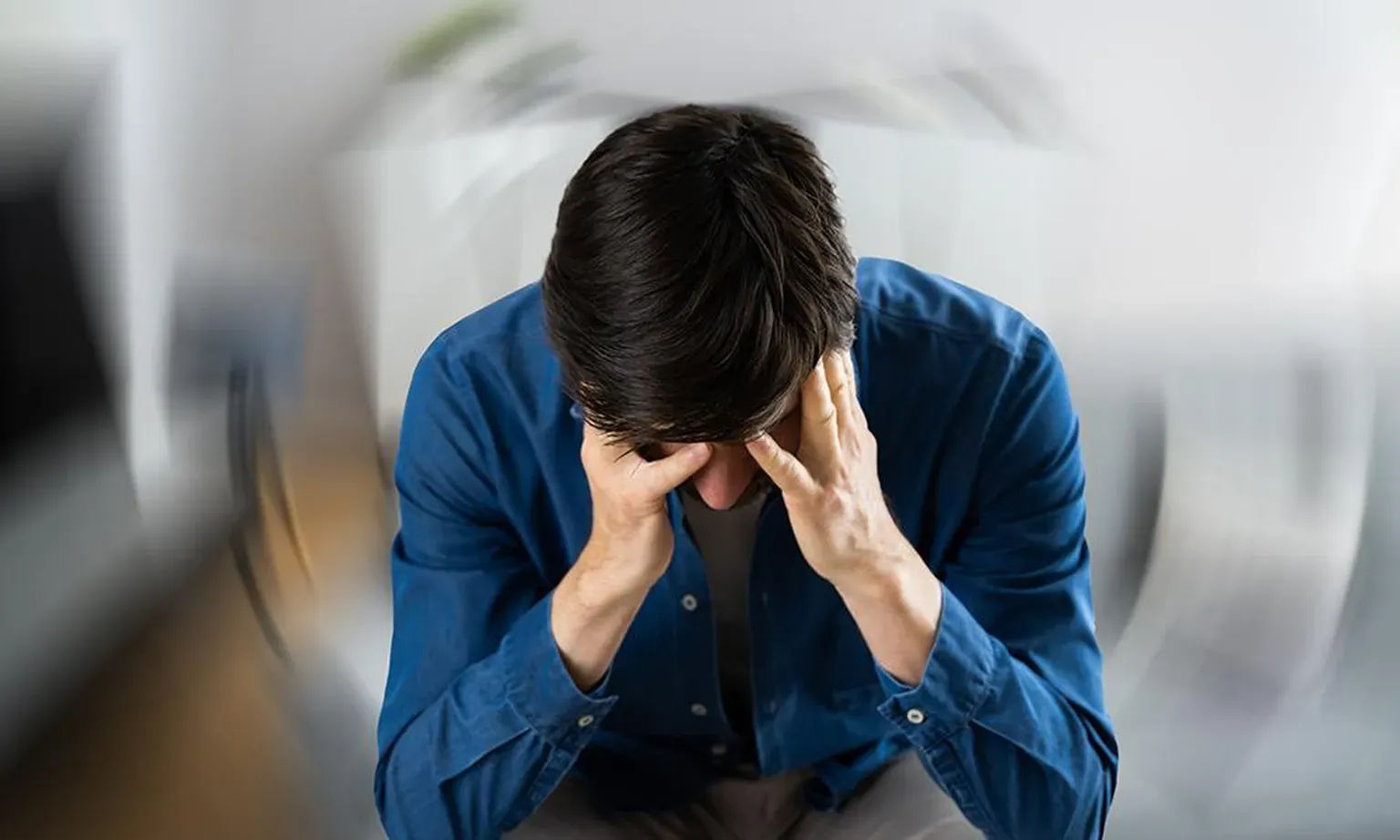What is vestibular & concussion therapy?
Vestibular & concussion therapy uses exercises to improve your balance and diminish dizziness. Structures in your inner ear pick up information about your movement and body position. Your brain uses the information to tell muscles how to move so you keep your balance.
When an injury or health condition damages your inner ear, that process is disrupted. As a result, you develop balance problems and dizziness.
A few conditions that affect your balance include:
- Inner ear infections
- Meniere’s disease
- Labyrinthitis
- Vestibular neuritis
- Parkinson’s disease
- Post-concussion syndrome
- Benign paroxysmal positional vertigo (BPPV)
If the underlying cause is treatable, like an inner ear infection or BPPV, your balance problems should disappear as the condition improves. However, if the source of your dizziness can’t be cured, vestibular & concussion therapy helps your brain compensate and restore better balance.
What symptoms indicate I need vestibular & concussion therapy?
You may need vestibular & concussion therapy if you have ongoing symptoms such as:
- Dizziness
- Vertigo
- Headaches
- Falling
- Stumbling
- Confusion
- Ringing in your ears
- Lightheadedness
- Motion sickness
- Nausea and vomiting
Balance disorders may also cause uncontrollable eye movements or make stationary objects look like they’re jumping.
What should I expect during vestibular & concussion therapy?
Back To You Osteopractic Physical Therapy & Rehabilitation conducts extensive neurological and physical assessments to identify the cause of your balance problem and your risk of falls. They evaluate your balance, vestibular system, gait, neck mobility, and overall strength and coordination.
Then they customize your treatment, choosing the exercises you need to train your brain to overcome inner ear dysfunction.
A few examples of the the exercises included in vestibular & concussion therapy include:
- Balance retraining
- Vision stability training
- Walking exercises
- Strengthening exercises
- Stretching exercises
- Integrating vision, sensation, and vestibular information
- Providing balance challenges (curbs or uneven surfaces)
- Habituation exercises (repeated exposure to things that cause dizziness)
In addition to appointments, your provider may teach you exercises to do at home, usually recommending performing them several times daily. It’s important to follow your regimen because repetition achieves the best results. With ongoing vestibular & concussion therapy, you can overcome dizziness and move with confidence.
To learn more about vestibular & concussion therapy, call Back To You Physical Therapy & Rehabilitation to book an appointment today.

